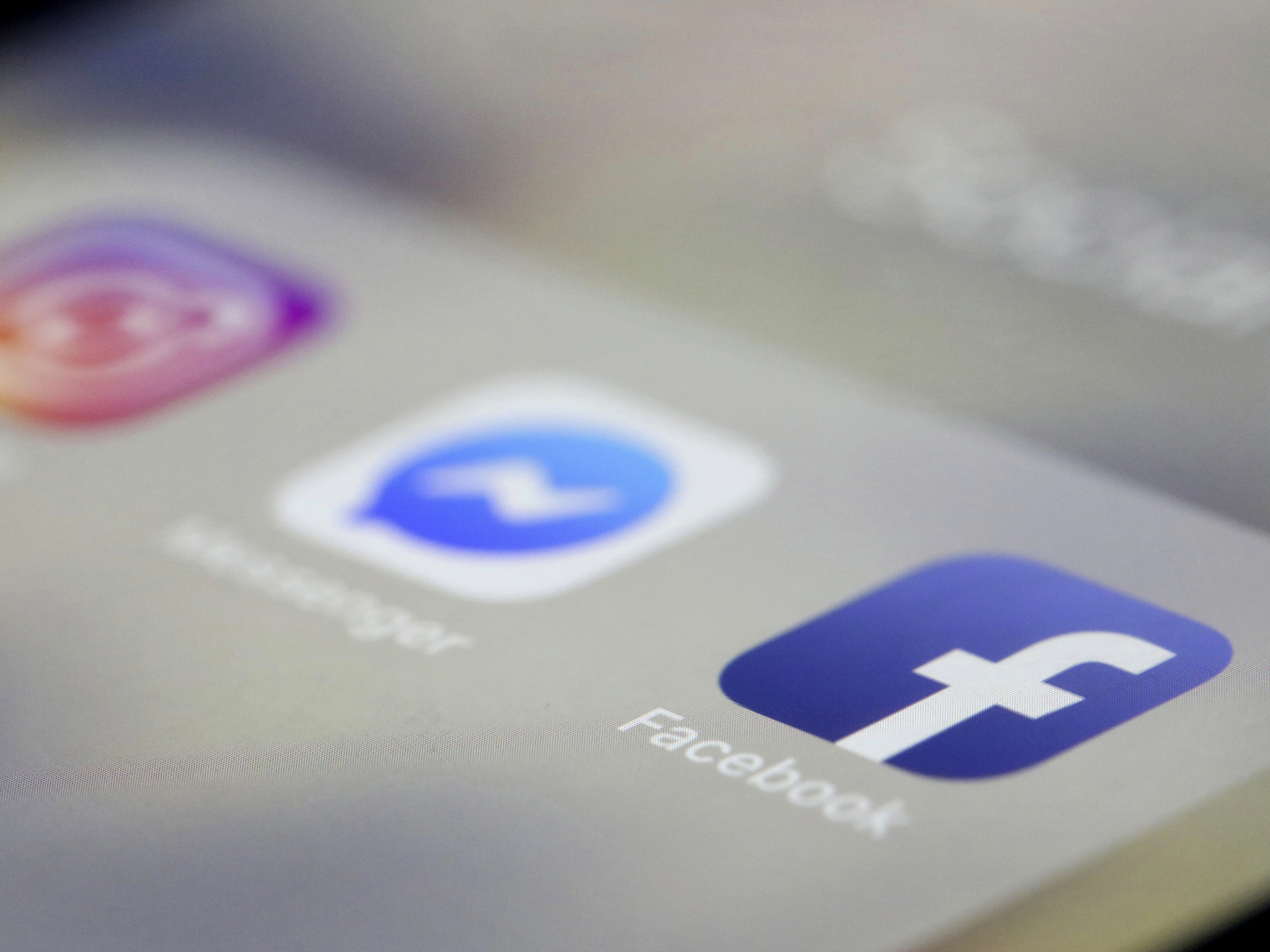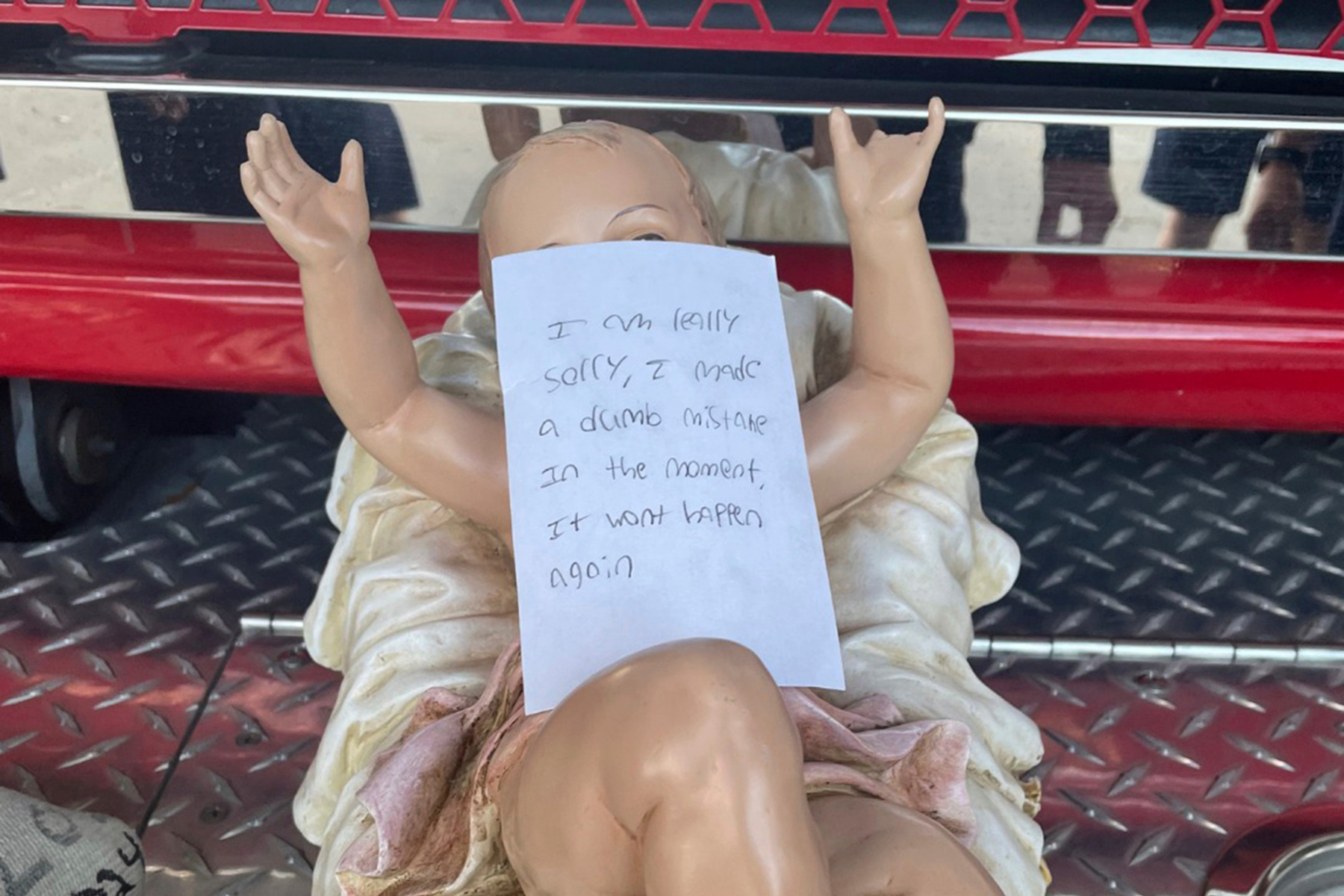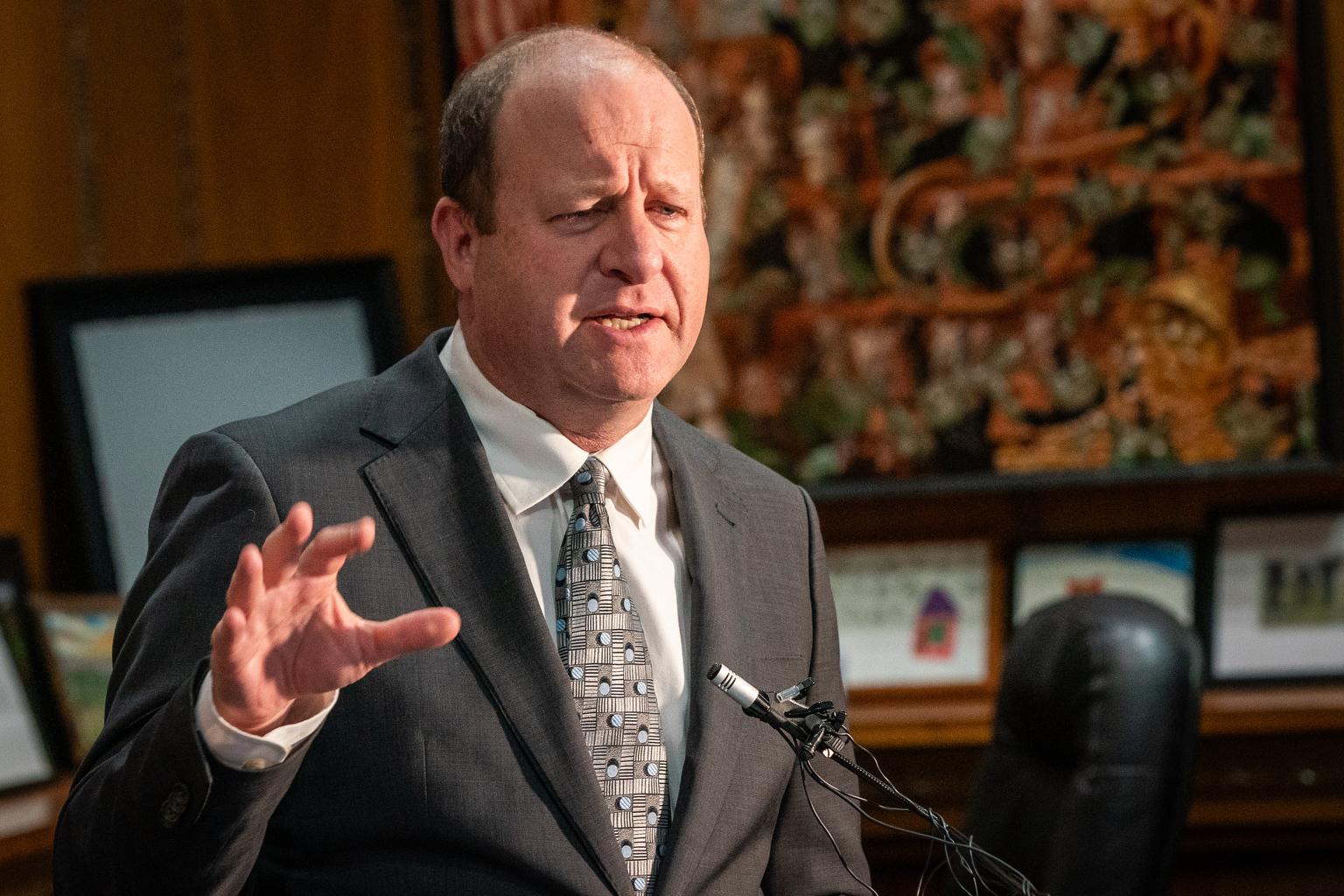
A new statewide survey on Colorado teens finds the youngest are echoing the behaviors of their older counterparts, a change that appears to be linked to increased social media use.
The survey is conducted every two years by Rise Above Colorado, which describes itself as a statewide prevention organization which helps “youth make empowered, healthy choices.”
There is some good news: It found most Colorado youth are not using substances.
But younger adolescents seem to face grown-up challenges earlier. Those 12 to 13 years old are feeling less connected to friends and their school community. They're spending more time on social media. They're more likely to have used marijuana and vaped, according to the survey.
"Connection crisis"
“We are facing a connection crisis,” said Colorado Attorney General Phil Weiser in an interview with CPR News. He noted the U.S. Surgeon General has recently spotlighted the devastating impact of loneliness and isolation. “We have an epidemic of loneliness and a youth mental health crisis.”
The data seems to strongly back that up. The percentage of teens who feel they are supported by their friends has dropped sharply since 2020, from 80 percent in 2020 to 76 percent in 2022 to 66 percent in 2024.
The percentage of teens who feel welcomed and accepted by students and adults at their school has declined significantly since 2022 too, from 65 percent in 2022 to 59 percent this year. Likewise, the percentage of the teens surveyed who said they connected with people outside their school fell to 57 percent in 2024 from 60 percent in 2020.
Weiser said when teens are disconnected from peers and spending a lot of time on social media, they often turn to using substances at higher rates.
First vaping starts younger
The survey found the average age when teens first take up vaping has dropped from 14.7 in 2018 to 13.2 in 2024. A third of those who vaped said they first did before the age of 13. And flavored products are central to the experience: the vast majority said they vaped fruity, minty or sweet flavors.
“All that is a call to action. We have been working with every tool we can to address this youth mental health crisis,” Weiser said, noting he’s passionate about the issue as the parent of two young people, one a high schooler, the other in college.
Colorado is among 33 states to sue the tech giant Meta, the patent company of Instagram and Tiktok, for harming young people and helping fuel the youth mental health crisis.
Weiser’s office sued Juul, the company whose sleek, discreet vape pens helped drive a dramatic rise in youth vaping, at one point leading Colorado to be the top state in the nation for youth consumption. The company settled; now Colorado is using the almost $32 million from that agreement to fund youth mental health programs.
“What's so painful about this whole story is that young people who are feeling disconnected, who are feeling lonely, turn to social media, turn to vaping, and then feel even worse afterwards,” he said. “So we need to turn around this dynamic and the cure is more connection, it's more community. It's how we better engage people in activities outside their phone.”
“We need to be really working to support our younger adolescents,” said Kent MacLennan, the group’s executive director. “When we look at the data, 12- to 13-year-olds really stood out in this survey data collection because of the attitudes and behaviors that they really are looking a lot like older teens.”
“We need to be able to get prevention resources into their hands and for them to be able to digest in a variety of different ways earlier on. And I think that emphasis is key,” he said.
Social media and mental health
Research has shown a strong link between social media use and teen mental health. Youth who spend more than an hour on social media report more poor mental health days than the average. Increasing social media use is also correlated with a perception that it’s easier to access substances such as marijuana, prescription drugs, alcohol and vaping products, according to Rise Above Colorado.
The online survey of 885 teens was conducted March through May by HealthCare Research. This is the ninth edition of the survey.
Twelve- and 13-year-olds are spending an average of 2.4 hours per day on social media, up from 1.8 hours in 2020 and 2.0 hours in 2022, according to the survey. Social media use by those youngest teens is now at almost the same level as those 14–15-year-olds. It’s just a bit less than those ages 16-17.
These young teens also view the risk of substance use as lower than in previous years. That’s especially true for prescription medications that were not prescribed for them. That lower perception of risk could be a warning sign for the potential of use down the road.
These declining perceptions of risk and increased use of substances are strongly correlated with a decline in young people’s sense of belonging and connection with others, like feeling supported by their friends and feeling connected to others at their school.
“When we see these increasingly lax attitudes amongst younger youth, that obviously creates potential risk down the line,” said MacLennan.
Increasing sleep problems
Sleep is another key part of the equation, the survey revealed.
Nearly a third reported getting poor sleep one to two days a month; another third of them reported three to five days of poor sleep. Nineteen percent said they didn't get a good night’s sleep six or more times per month.
Rising social media usage correlated with increased sleep problems, according to the survey.
Weiser said he thinks social media is clearly interfering with the sleep of young people, disrupting that key source of renewal.
“They're not sleeping because the social media platforms are giving them notifications through all hours of the night,” Weiser said, describing one major challenge asFOMO, fear of missing out, which he called “so insidious.”
“The way these notifications work is something is happening and you don't know about it, so you need to know about it,” he said. “It's going to interrupt your school day. It's going to interrupt your ability to read a book, to play a game of basketball.”
“Clearly in some of the data there, the more social media use is definitely impacting sleep patterns as well,” Rise Above’s MacLennan said. “That's where things start to break down.”
Not all bad news
The survey documented some positive trends as well. More parents and teens are having conversations about the dangers of fentanyl and contaminated pills. Nine of 10 teens see risk in taking a pill obtained online or on the street; more than eight in 10 said they’d be likely to stop a friend from taking a pill that might be laced with fentanyl.
More than three quarters of both middle and high school aged teens surveyed said they didn’t use alcohol, marijuana, vaping products or prescription pain relievers in the past 30 days — information parents and educators alike would cheer.
Both Weiser and MacLennan stressed the importance of teens developing connections with trusted adults.
“I think the need is engagement, connection, belonging,” MacLennan said, noting there's many protective factors and ways for adults to support young people, whether that is as a parent, having honest conversations with kids, or being a trusted adult who coaches or teaches or runs a school club.
“Someone that believes in you and makes you feel like you're part of something in your school or in your afterschool activities,” MacLennan said. “I think those pieces of connection are really worth their weight in gold.”
- Children’s social media safety bills pass Senate with Colorado support
- She blames social media for contributing to her daughter’s death. On Wednesday this Colorado mom took her pain to Capitol Hill
- Colorado leads states in lawsuit against Meta, claim its social platforms are addictive and harm children’s mental health
- Aspen School District sues social media companies over impact on youth mental health









